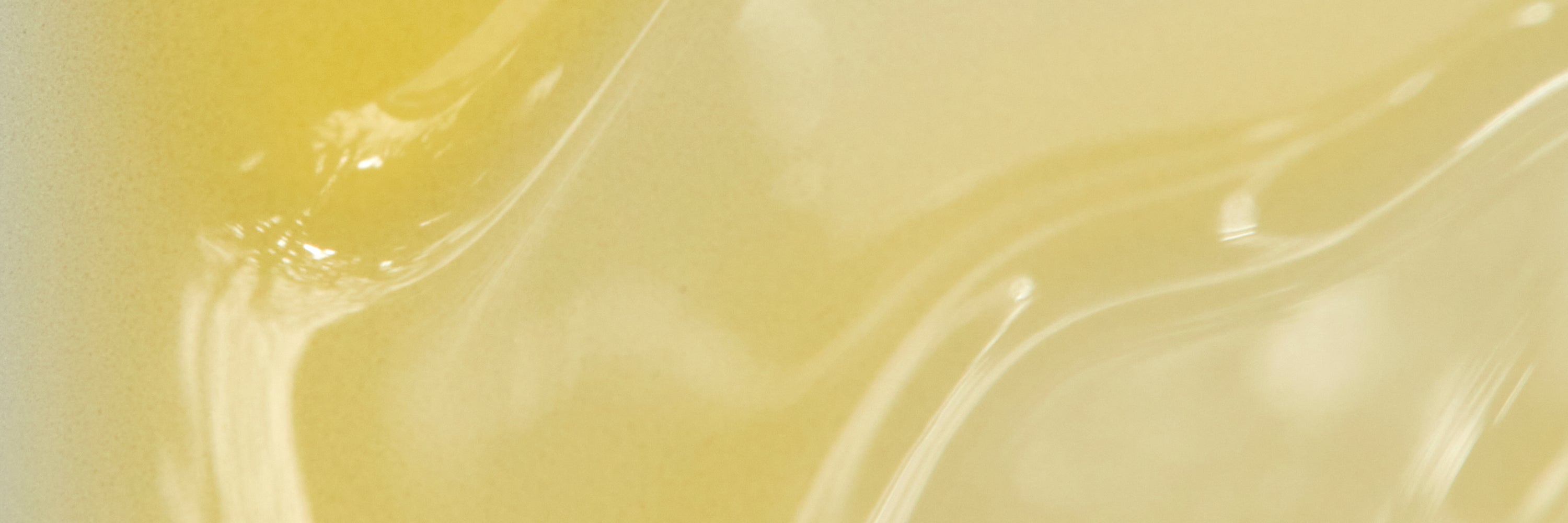DAMAGE
Types of damage to the skin: an overview
The cardinal rule of good skin is that, for its maintenance at the very least, good skincare is paramount: a damaged skin will only deteriorate if an issue or potential issue is not diagnosed and treated. The deterioration of biological functions is one of the major consequences of the complex aging process. Four of the most prevalent types of damage to the skin are photo-damage, environmental damage such as that experienced in winter, product overuse and oxidative damage.
Photoageing, or dermatoheliosis, describes the changes to the skin induced by chronic (that is, ongoing) UVA and UVB ray exposure, classified as continuous exposure to UV radiation of approximately 300-400 nm range. Molecular and genetic changes are induced.
UVB rays are a primary mutagen which penetrate through the epidermis, resulting in DNA mutations which arise due to chemical changes. These mutations are thought to be related to the acknowledged, specific signs of Photoageing such as the increase in elastin and collagen damage.
UVA rays are able to penetrate deeper into the skin than UVB rays. Hence, in addition to the epidermal layer, the dermal layer will also be damaged, leaving the collagen, elastin, and extrafibrillar matrix which provides structural support to the skin vulnerable. In addition, continuing UVA exposure will reduce the size of the dermis layer, causing sagging of the epidermis. UVA can also damage DNA indirectly through the generation of reactive oxygen species (ROS): these have the capacity to damage cellular DNA as well as the lipids and proteins.
Photoageing can also result in a maturation of keratinocytes and an increase in the cell population of the dermis where keratinocytes are found to be plentiful; there, elongated and collapsed fibroblasts and inflammatory infiltrates are frequently found. Crucially, photo-damage can also be characterised as a disorganisation of the important collagen fibrils that constitute most of the connective tissue. Perhaps even more crucially, overexposure to UV rays can lead to a significant reduction in the skin’s antioxidant supply, jeopardising its most important and most immediate line of defence.
The problems caused by a harsh winter environment for skin are not limited to those caused by the cold itself. The contrast of the external weather with heated interiors is problematic for all skins, and not just those that already suffer from sensitivity and/or redness. When this is not just a daily occurrence but happens several times throughout the day, the skin does not have a chance to recover. Cold weather means that there is less moisture in the environment, a problem exacerbated by wind, which ‘wicks’ the moisture away from the skin, and this is compounded further by central heating inside and the sudden change in climate and temperature which the skin has to experience.
In such an environment, the keratinocytes lose water rapidly, leaving skin feeling sore and chapped. It is then key, at this point, to know how to soothe the skin, ideally considering both a humectant product (such as one which contains hyaluronic acid), to draw water from the lower levels of the skin, formed from the water we consume, and also an occlusive, to support and reinforce the skin’s barrier function. Lips and the periorbital area (around the eyes) are both particularly vulnerable to environmental onslaught and often the first parts of the face to suggest damage: prevention is far superior to cure.
With overuse of products, the skin’s acid mantle, its first line of defence, is compromised. The acid mantle is a delicate and constantly renewed combination of sebum and sweat which forms a film on top of the stratum corneum. Hence, it is both a physical and chemical barrier that provides a crucial form of protection from and barrier to the external environment.
If it is compromised in any way, skin becomes more permeable to microorganisms (such as bacteria), irritants such as pollutants and the active ingredients of products, even if those ingredients are theoretically beneficial. The skin is left more permeable and thus more vulnerable. Hydration in the skin is also far harder to retain with a compromised acid mantle. An excessive use of products leads to a constant shifting of the skin’s pH, damaging the acid mantle, which usually should remain slightly acidic at around pH5.5. Use of products that are themselves not pH-balanced can create long-term problems.
The skin naturally contains several essential antioxidants, including vitamin E, coenzyme Q10, ascorbate, carotenoids, superoxide dismutase, catalase, and glutathione peroxidase. These antioxidants provide protection from reactive oxygen species (ROS) produced during normal cellular metabolism, in daily defence against free radicals produced in oxidation, whether as a result of UV damage or exposure to pollution. Overexposure to both UV rays and environmental pollution can lead to a rapid and significant reduction in the skin’s antioxidant supply, thus increasing oxidative stress. Hence, these antioxidants are essential in every aspect of the skin's defence mechanism against UV radiation and photocarcinogenesis.


